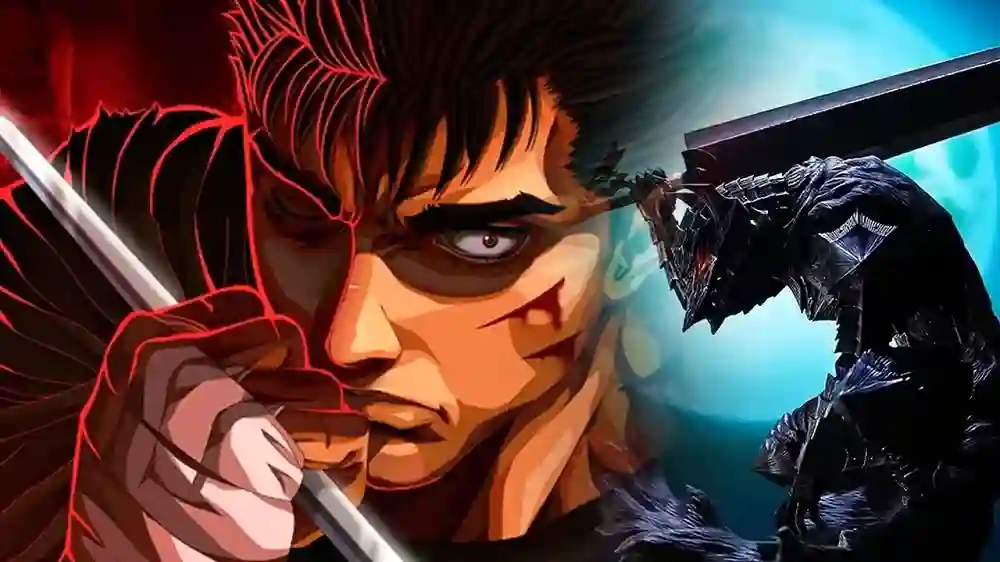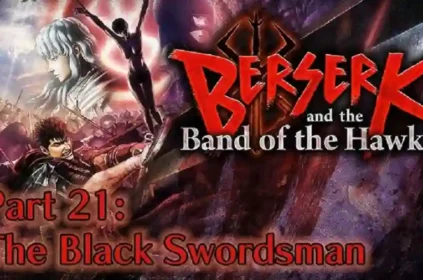Kentaro Miura’s seminal work, “Berserk,” has long been celebrated for its gritty and visceral portrayal of battle. The manga’s depiction of combat is a masterclass in storytelling, as it combines meticulous artwork with a deep understanding of the physical and psychological toll of warfare. In this article, we will delve into the gritty realism of battle in “Berserk” and explore how it contributes to the manga’s immersive and captivating narrative.
A Brutal World
“Berserk” is set in a world rife with conflict, where violence and warfare are constants. The story unfolds in a medieval-inspired setting filled with warring factions, mercenaries, and supernatural threats. This brutal and unforgiving world serves as the backdrop for the manga’s visceral battles, emphasizing the harsh realities of combat.
Miura’s meticulous attention to detail in both the narrative and artwork immerses readers in this gritty world, where the consequences of battle are palpable. From the clashing of swords to the screams of the wounded, “Berserk” does not shy away from the visceral and brutal aspects of warfare.
Strategic Combat
One of the hallmarks of “Berserk’s” battles is the emphasis on strategy and tactics. Guts, the series’ protagonist, is a masterful swordsman who employs a variety of weapons and techniques in combat. Miura meticulously researches and depicts the mechanics of combat, including swordplay, martial arts, and battlefield strategies.
Readers are treated to dynamic and highly detailed fight sequences that showcase Guts’ prowess as a warrior. Miura’s ability to convey the flow of battle, from precise strikes to calculated maneuvers, adds depth and authenticity to the narrative. Each fight is a carefully choreographed dance of death, where strategy and skill often determine the outcome.
The Weight of Weapons
Guts’ signature weapon, the Dragonslayer, is a colossal sword of immense weight and power. Its presence in the manga adds a layer of realism to the battles, as the sheer size and heft of the sword necessitate a different approach to combat. Miura’s attention to the physicality of wielding such a massive weapon is evident in the way Guts moves and fights.
The Dragonslayer is not just a weapon; it’s a symbol of Guts’ strength and determination. Its use in battle showcases the immense toll that wielding such a weapon takes on Guts’ body, emphasizing the physical realism of combat in “Berserk.”
Wounds and Scars
In “Berserk,” wounds are not merely superficial plot devices; they are a central element of the narrative. Characters in the manga endure injuries that leave lasting scars, both physically and emotionally. Miura’s artwork meticulously captures the gruesome and painful aftermath of battles, from lacerations to severed limbs.
These wounds serve as a testament to the physical and emotional toll of combat. Characters bear the scars of their experiences, both as a reminder of their past battles and as a reflection of the manga’s commitment to gritty realism. These scars are not just cosmetic; they are a visual representation of the characters’ struggles and the high cost of their actions.
Psychological Warfare
“Berserk” delves deeply into the psychological impact of battle on its characters. The manga portrays the trauma, fear, and mental toll that warfare exacts on its combatants. Guts, in particular, grapples with the psychological scars of his experiences, including the trauma of the Eclipse.
Miura’s storytelling is unflinching in its exploration of the characters’ psychological states during and after battle. The manga delves into themes of post-traumatic stress, survivor’s guilt, and the moral complexities of violence, offering a nuanced and realistic portrayal of the psychological impact of warfare.
The Human Cost
In “Berserk,” battles come at a great human cost. The manga does not romanticize warfare but instead highlights the tragic consequences it inflicts on individuals and communities. Readers are confronted with the stark reality of war, where lives are lost, families are torn apart, and innocence is forever shattered.
Miura’s storytelling emphasizes the human cost of battle, making it clear that victory often comes at a steep price. The manga does not glorify violence but rather forces readers to confront the moral dilemmas and ethical complexities inherent in warfare.
Conclusion
“Berserk” stands as a testament to the gritty realism of battle in manga. Kentaro Miura’s meticulous attention to detail, combined with his deep understanding of the physical and psychological aspects of combat, creates a narrative that is both immersive and emotionally resonant.
The manga’s portrayal of warfare is unflinching in its depiction of brutality, strategy, and the human cost of battle. It emphasizes the physicality of combat, the weight of weapons, and the lasting scars—both physical and psychological—that it leaves on its characters.
Ultimately, “Berserk” succeeds in portraying the gritty realism of battle not for the sake of glorification but as a means to explore the profound impact of violence on its characters and the world they inhabit. It is a testament to the manga’s depth and complexity, offering a powerful and thought-provoking narrative that transcends the boundaries of the genre.





